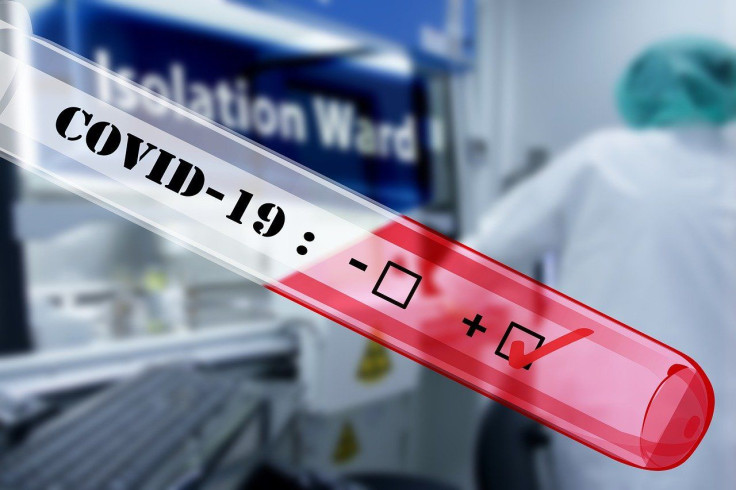Coronavirus Home Testing: Do You Really Need A Pulse Oximeter?

Several COVID-19 patients have exhibited extremely low levels of oxygen in the blood and many have been experiencing shortness of breath. Many have been purchasing pulse oximeters- the medical devices that measure the oxygen saturation levels in a person’s red blood cells.
Why is pulse oximeter used in the current pandemic?
Too many patients have been reported to be showing up at hospitals with perilously low oxygen levels- this puts them at a high risk of severe complications and fatality. A pulse oximeter is a simple home gadget that could help alert patients to seek medical attention sooner.
“In the hospital, when I’m trying to decide who I send home, a big part of the criteria is ‘What is your oxygen? What is your pulse?’” With a pulse oximeter and a thermometer, Americans can be prepared and be diagnosed and treated before they get really, really sick,” the New York Times quoted Dr. Richard Levitan from Bellevue Hospital in New York as saying.
Health experts are divided on whether home monitoring via pulse oximeters should be recommended on a widespread basis during this pandemic situation. While several doctors are advising patients to buy one, making it the go-to gadget, some opine that it is really not necessary.
Pulse oximeters are used on patients experiencing shortness of breath or those with lung or heart ailments to find out if they are getting enough oxygen. They are used in hospitals and clinics to check vital signs.
One doctor who treated COVID-19-associated pneumonia told the New York Times that pulse oximeters could detect a form of oxygen deprivation in which patients might not experience shortness of breath despite having low oxygen levels.
Here’s why some experts say that it is probably not required:
- Having a Pulse oximeter at home wouldn’t be really helpful in detecting the deadly novel coronavirus and probably might not be a good early indicator if someone has the infection.
- Oxygen levels are relatively late indicators that an individual might have COVID-19.
- Those with COVID-19 might experience other symptoms such as fever, body aches, dry cough, or fatigue that would prompt them to seek medical attention much earlier before noticing a drop in their blood oxygen levels.
- Individuals using the devices at home could possibly find inaccurate readings.
- Several other factors including poor circulation, cold hands, artificial nails or nail polish could interfere with the light used by the devices and yield inaccurate numbers.
“ Oxygen saturation levels obtained from such technologies should not be trusted," CNN quoted the authors of a recent study which concluded that pulse oximeters weren’t reliable.
© Copyright IBTimes 2024. All rights reserved.






















